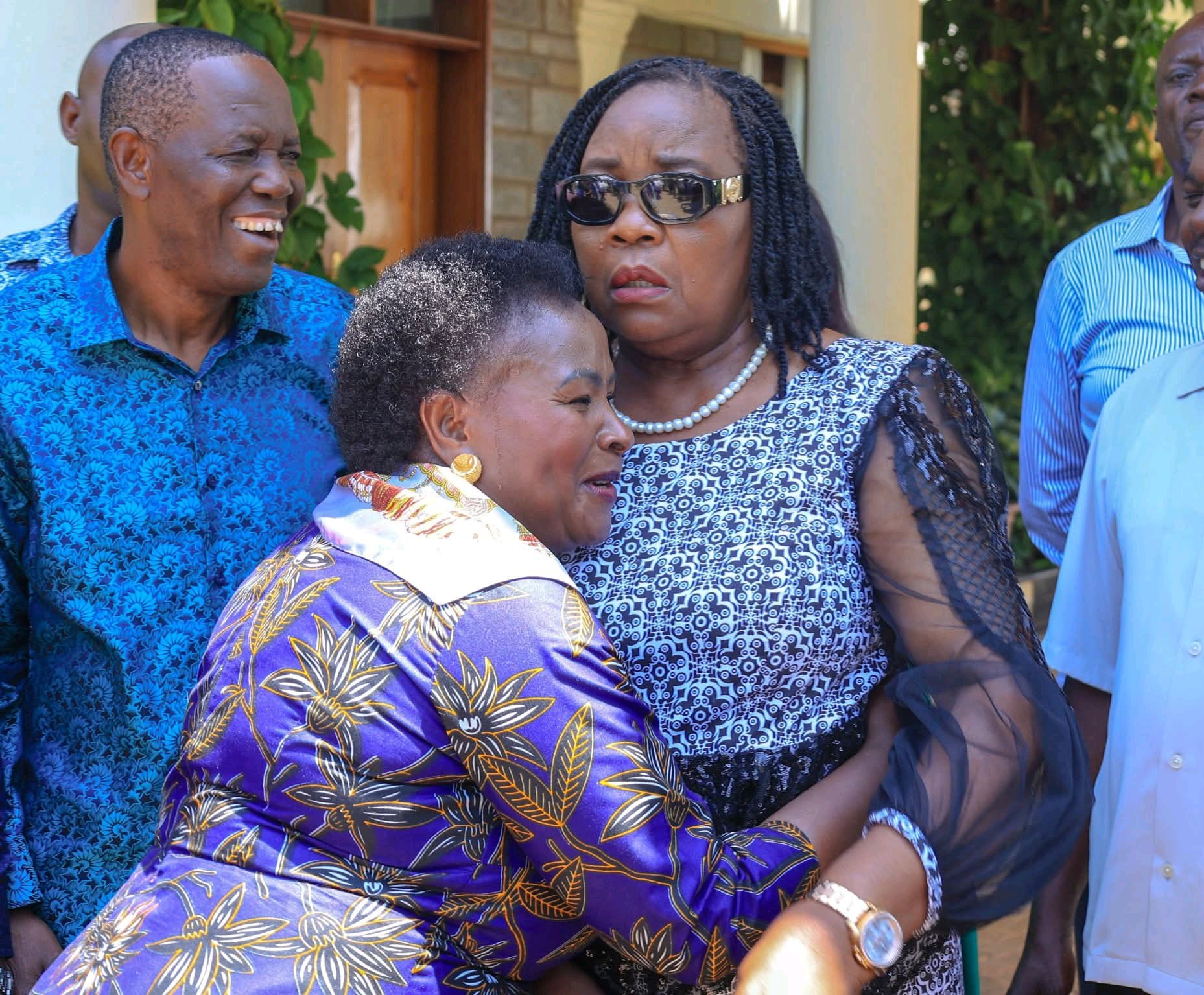The experience of waiting for someone to show up, not just physically but emotionally, can be a profound and complex one. It’s a liminal space, where the lines between hope and faith, on one hand, and denial and desperation, on the other, become blurred. In this space, we often find ourselves oscillating between trust and doubt, between holding on and letting go.
The Paradox of Waiting
When we’re waiting for someone to show up or for a situation to resolve, it can feel like we’re stuck in limbo. Our patience is taken for granted, and we’re placed on hold, clutching to hope like a lifeline. This can be a deeply frustrating and disempowering experience, as we’re forced to wait for someone else’s actions or decisions. The conflict between our desire for resolution and the uncertainty of the outcome can be overwhelming, leaving us feeling drained and uncertain about the future. Often, we find ourselves scrutinizing every subtle sign, every gesture or word, searching for reassurance that we’re not alone, that someone is indeed showing up. These subtle signs can be enough to keep us going, to give us the strength to hold on a little longer, even when the outcome is uncertain.
The Difference Between Waiting in Faith and Waiting in Denial
Waiting in faith is a posture of trust, a belief that everything will work out for the best, even when the outcome is uncertain. It’s a stance that requires patience, resilience, and a deep-seated trust in the universe, in others, or in oneself. Waiting in faith is not about controlling the outcome but about surrendering to the process, knowing that it’s unfolding as it should.
In contrast, waiting in denial is a state of resistance, a refusal to accept reality as it is. It’s a clinging to a specific outcome or expectation, often driven by fear, anxiety, or a deep-seated need for control. Waiting in denial can lead to emotional exhaustion, frustration, and disappointment, as reality inevitably asserts itself.
When Showing Up Speaks Louder Than Words
In many cases, it’s not what someone says but rather their presence that speaks volumes. Showing up, even in silence, can be a powerful way to demonstrate love, support, and commitment. Consistency and presence can often outweigh promises, as they demonstrate a willingness to be there for someone, even when things get tough.
This presence can take many forms – physical, emotional, or energetic. It’s about being fully engaged with the person or situation, without distractions or reservations. When someone shows up in this way, it can be a profound expression of love, care, and commitment.
The Weight of Unspoken Expectations
Unspoken expectations can be a heavy burden, causing anxiety, stress, and feelings of uncertainty. When we’re unsure of what’s expected of us or what someone else wants, it can lead to feelings of frustration and disappointment. These expectations can be implicit or explicit, but they often carry significant emotional weight.
The weight of unspoken expectations can be particularly challenging in relationships, where assumptions and misunderstandings can easily arise. It’s essential to communicate openly and honestly, clarifying expectations and boundaries to avoid unnecessary stress and conflict.
Holding On When You’re Unsure If You’re Being Held Too
The personal toll of holding on when you’re unsure if you’re being held too can be significant. It can lead to emotional exhaustion, anxiety, and feelings of burnout. This uncertainty can create a sense of limbo, where you’re unsure of your place or role in the relationship or situation.
In such situations, it’s essential to take a step back and assess the dynamics at play. Are you investing more emotional energy than you’re receiving? Are there clear boundaries and expectations in place? By taking a closer look, you can gain clarity on the situation and make informed decisions about how to proceed.
Navigating Emotional Ambiguity
Emotional ambiguity can be challenging to navigate, but recognizing and accepting our emotions is the first step towards healing. By acknowledging the complexity of our emotions and seeking support, we can work towards a deeper understanding of ourselves and our emotional landscape.
This process requires patience, self-compassion, and a willingness to explore our emotions. It’s about embracing the ambiguity and uncertainty, rather than trying to force clarity or resolution. By doing so, we can develop a greater sense of emotional intelligence and resilience.
The blurred lines between hope, faith, and letting go can be a complex and nuanced territory. By understanding the difference between waiting in faith and waiting in denial, recognizing the power of presence, and navigating unspoken expectations, we can develop a greater sense of emotional intelligence and resilience. By embracing emotional ambiguity and seeking support, we can work towards healing and growth.



